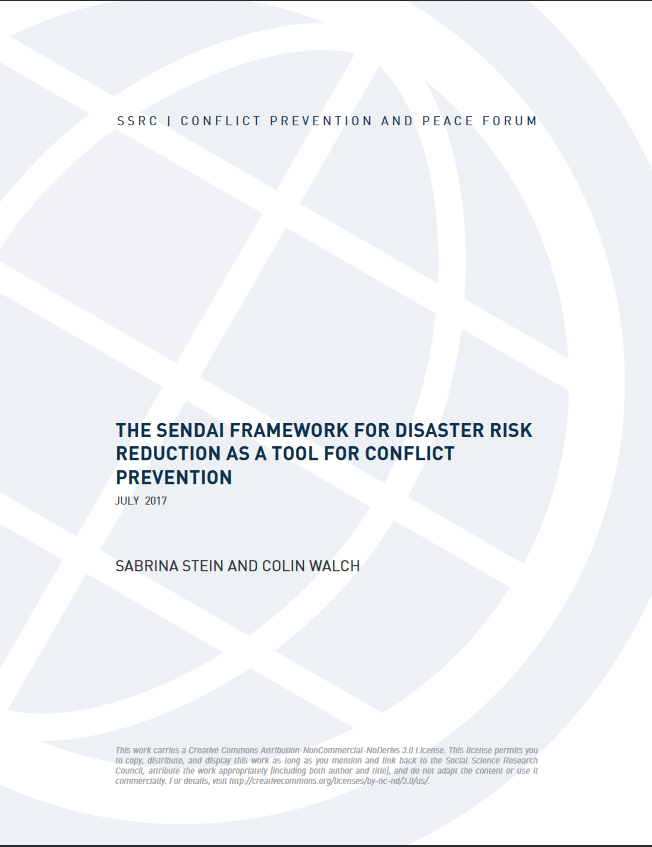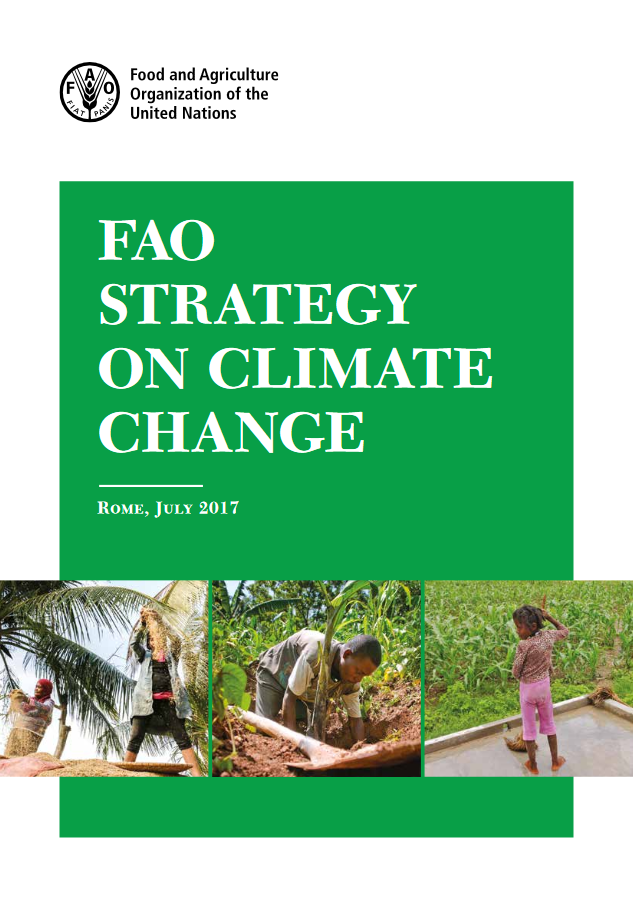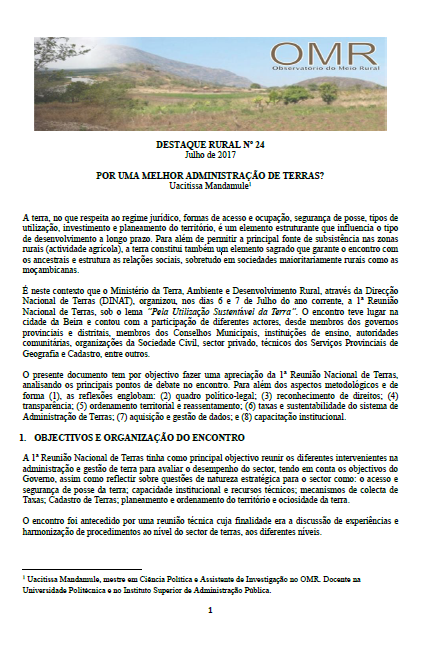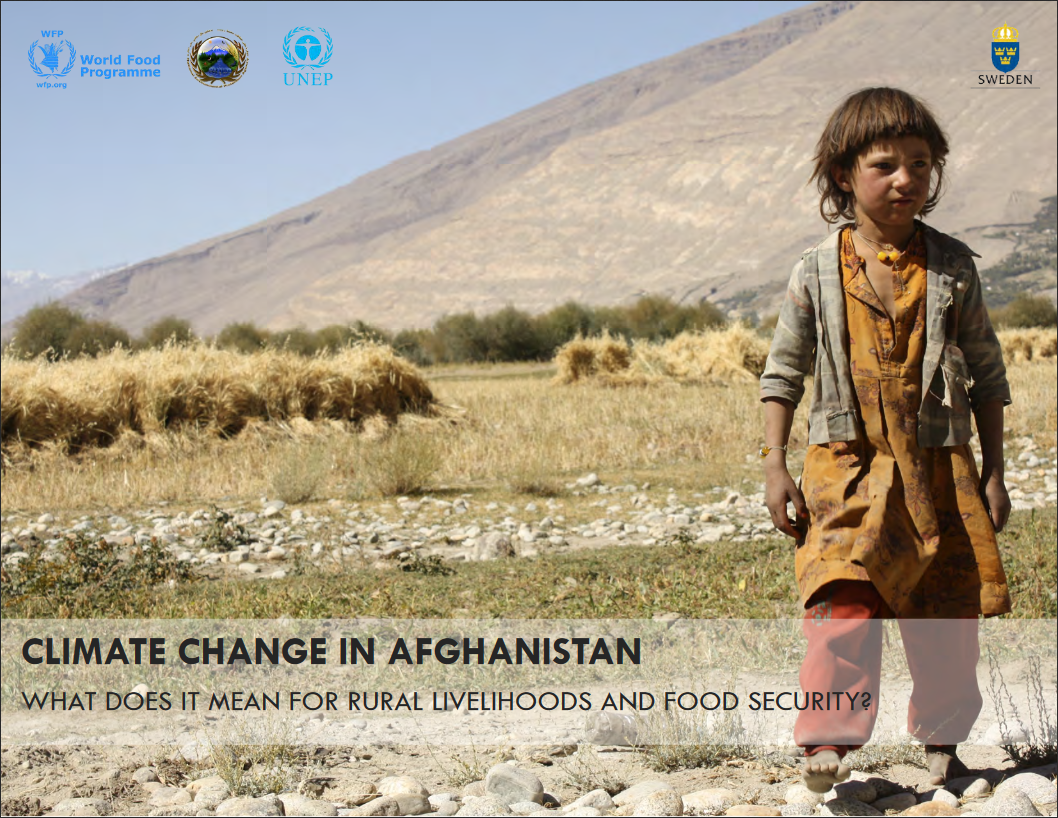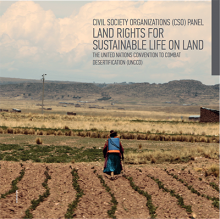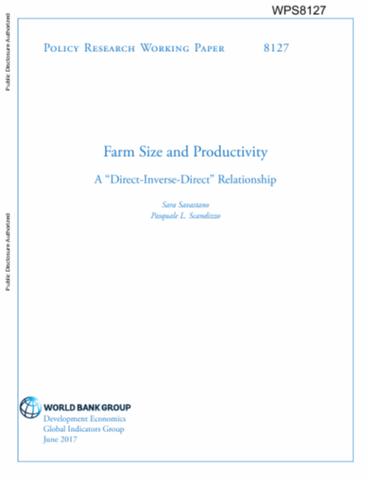The Sendai Framework for Disaster Risk Reduction as a Tool for Conflict Prevention
The Sendai Framework for Disaster Risk Reduction (DRR) is a non-legally binding agreement designed to reduce existing levels of risk and prevent emerging risks. While references to conflict were deleted from the final text, Sendai addresses issues parallel to those that would need to be addressed in a prevention and sustaining peace agenda.
The Framework, if properly implemented, would tackle three sets of factors that increase both disaster and conflict risks:

